Navigating the Turbulent Waters of New Business Development
Whitewater rafting. It’s kind of a Colorado thing – like Subarus, Tevas, and dogs. That crazy pin-balling off boulders, both seen and unseen, as you hurtle downriver tossed about by ever-changing rapids, rises, and drops, can leave you wondering how you’ll ever make it to the takeout.
In many ways, for those responding to an RFP, the corporate decision-making process can seem just as uncharted and perilous. Multiple decision-makers with various perspectives, coupled with often unforeseen and changing factors throughout the selection process, can result in the process taking a different direction than anticipated.
The trend toward an increasing number of decision influencers in the corporate environment means that you may be dealing with between 5 and 9 individuals weighing in throughout the process. Many of whom occupy positions that, just a few years ago, would not even be invited to the meeting to discuss the solution the organization is now considering.
Further muddying the waters, the voting to decide among the RFP finalists is increasingly democratic. That is, everyone at the table has an equal vote. The person occupying a job title that formerly would have been the “czar” for that decision has only one vote, no more than the manager whose group is only tangentially involved in the implementation and whose function is marginally impacted by it.
This has far reaching implications for the selling process, to be explored more deeply in other posts. The focus here is how the definition of the ideal solution is impacted by this trend toward democratic decision-making.
Imagine that there are eight managers who attend the series of meetings about the RFP to which you are responding. That’s eight intelligent and opinionated people attending conferences, reading journals and interacting with peers in their industry. Each of those individuals may also encounter marketing messages and salespeople from the various other companies responding to the RFP.
Each of these encounters introduces the appeal of competitive solutions and approaches, increasing the likelihood that the group’s thinking will be influenced, or even reset by these perceptions. Imagine those 8 managers are on a raft on a raging whitewater river, careening off rocks on their way toward the takeout – in their case, coming to a final decision.
Now imagine that you’re the sales rep that has been following this journey at a distance. You qualified the deal, stayed in constant contact with the point person you’ve come to know over time. In each of those contacts, you are assured that the prospect’s process is moving along smoothly. Yes, and your proposal is currently favored and likely to be approved very soon. But is it? How has the decision-making process changed along its course?
Here’s the rub: success is a moving target.
Unless you’ve figured out how to track along with the changing definition of the problem and therefore the ideal solution, you are likely to lose this opportunity. This tracking takes skill and persistence, but also the ability to get to several people who are at the table, and who may be influencing the group to think differently about the problem and the solution.
If you are in touch and in the conversation with enough of the influencers, chances are good that with some adaptation, your approach and solution will win in the end.
The key to understanding how to stay connected is knowing what’s worked and what hasn’t in previous opportunities, and that’s where Win-Loss Analysis comes in.
In our Win-Loss Analysis practice, we’ve had a chance to interview thousands of enterprise decision makers and influencers across 20+ industries. With this depth of experience and rich source of benchmarking, we can help you navigate the often-turbulent waters of new business development.
Want to learn more? Contact us today. [email protected]

